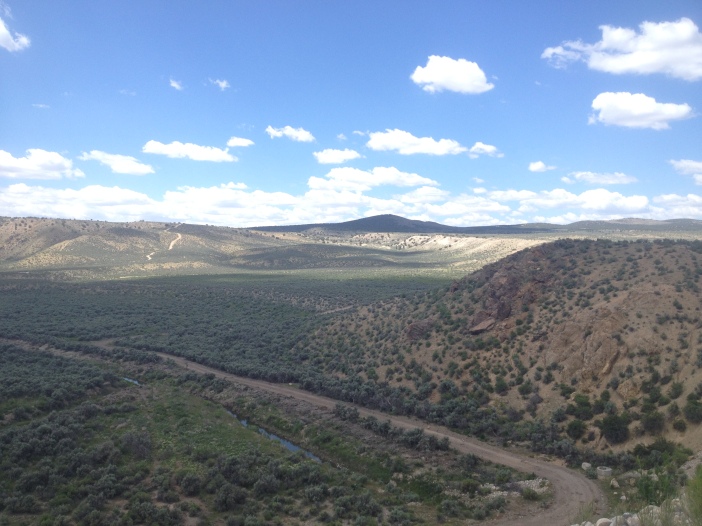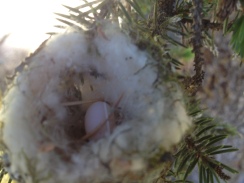There is still a bit of hooblah spoken about online degree programs and there are some that definitely deserve that. However, these programs have come a long ways in the short time that they have been created. The quality programs have many avenues for interactive learning which make an experience that is on par with an education at a physical university.
I spent 2017 enrolled at Unity College’s online M.S. Sustainable Natural Resource Management program. To be honest, I was nervous and unsure about the quality of education that I would be getting from a college that is thousands of miles away from me. It was also a bit rough getting back into the swing of school work after 3+ years out of the university. The apprehension from both of these concerns subsided within the first couple weeks.
The degree was accelerated and was a solid year of continuous classes and hard work. Each course consisted of reading material, class discussions, daily paperwork, and a final project. The class discussions were very helpful and aided in creating an atmosphere of a physical classroom. There were also group phone call discussions that also broke down the barriers of the screen. The final project was very refreshing from the typical final in most universities. The project was personalized and localized with only a few parameters, such as length and stayed within the scope of the course. Most of my projects were focused on wildlife-vehicle collision mitigation.
Since this was an online program, it didn’t have a true thesis, but did have a capstone project. The teacher that facilitated the capstone I and II courses was absolutely amazing. The interactive classroom environment also allowed for some great feedback and discussion. My capstone project created a report for Boulder County about the hot spots of wildlife-vehicle collisions and mitigation suggestions. I then followed up and emailed the report to several wildlife and natural resource managers of the city and county.
I received great feedback and discussions that revolved around the lack of funding for such a project. If I were to do the project again, I would’ve spent more time in researching strategies in procuring funds for larger wildlife management projects.
The reason I decided to enroll was to further my knowledge and to make me stand out in the piles of resumes that is so easy to get lost in. It is too soon to tell if it was worth it in the latter sense, but I did receive fulfillment, knowledge, and purpose throughout this process.

 [Hummingbird nest]
[Hummingbird nest]